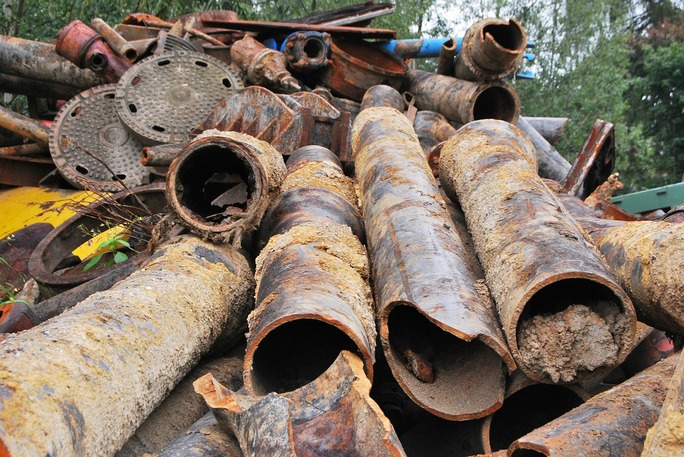Using CIPP for vertical pipe repair saves time and money. Before you look for an estimate on CIPP for vertical pipe repair in your area, cover the basics. Don’t waste time asking these common questions. Read the answers and hold a quick conversation with your CIPP company.
1. What is the average cost?
The average cost of CIPP sits at $160 per foot, but this is a very broad number. There are many factors that will determine the price of CIPP for vertical pipe repair. If you have a standard sized pipe, for example, it will cost less than custom ordering a pipe liner for an unusual size. The length of your pipe can also influence your estimate.
2. How long does it take to install?
CIPP can be installed over several days. The initial day to two days involves inspecting the pipe to be sure CIPP is appropriate. Then the pipe is cleaned to provide the best interior surface for your pipe liner. Then the cured in place pipe is installed, and air cured. This process varies in length but can take as little as several hours or as much as two days. Finally, lateral lines are placed and a final inspection made. CIPP is a much quicker process than other forms of pipe repair.
3. What pipes can it be used on?
Almost all pipes are candidates for CIPP. Drains, waste water pipes, and sewers are very commonly used for CIPP. CIPP can also be used for gutters and exterior pipes, or pipes that supply machinery with water.
4. What sets CIPP installation apart from other installation methods?
CIPP installation is more focused than other methods. When you use CIPP, a skilled technician is on site the entire process. There is no low-value work. During excavation pipe replacement, a large portion of the work is less skilled. Moving dirt doesn’t require the oversight of a technician. CIPP doesn’t have technical downtimes. Every minute is important to the end result.
5. How long does CIPP last?
CIPP is designed to withstand punishing conditions. Highly corrosive, constant use pipes are common choices for CIPP rehabilitation because it can last so long. CIPP can last over fifty years in high stress, high use conditions. This puts CIPP decades beyond other pipe materials in longevity. This allows CIPP to offset a potentially higher per foot price. It won’t have to be replaced for a long time.
6. How will it affect pipe capacity?
CIPP does technically reduce the diameter of the pipe. However, it is not reduced very much. In fact, CIPP tends to improve flow and pressure. CIPP has a very smooth interior, reducing drag. In many ways, CIPP improves pipe performance even though it does technically reduce capacity.
Once the basic questions are taken care of, you can use your CIPP for vertical pipe repair consultation to discuss the specifics of your pipe. CIPP lasts more than fifty years, allows your pipe to flow more smoothly, and is quick to install. Find out more about price and installation from your local CIPP provider.
